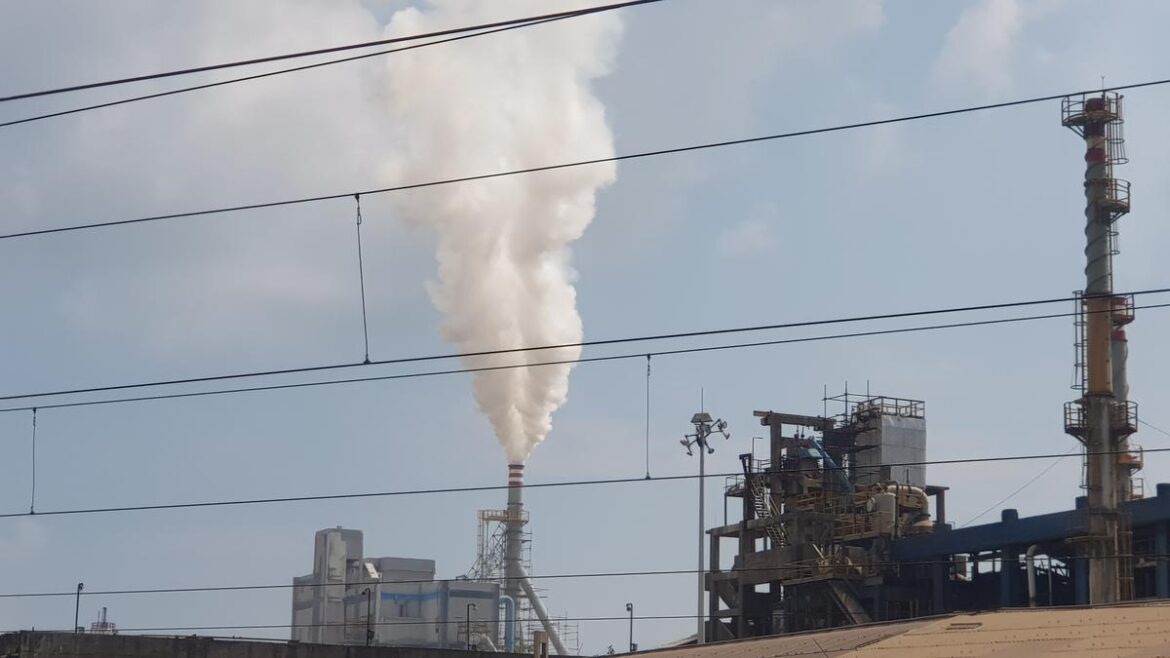Chennai sees ground-level ozone peak this summer despite fewer excess days: study
Ground-level ozone is a harmful gas that poses serious health risks, especially for those with respiratory problems and for vulnerable groups such as children and the elderly

In Chennai, this summer saw a decrease in excess days compared to previous years, but the problem remains critical.
Chennai saw prolonged periods of high ground-level ozone levels in the summer of 2024, though the problem was less widespread than in previous years, a recent study by the Centre for Science and Environment (CSE) has found.
The number of days with ozone levels exceeding safe limits was relatively low, with only nine days of exceedance reported. However, the city’s peak ozone concentration reached 192.7 µg/m³, the third highest among the 10 cities studied, indicating severe spikes despite fewer excess days.
Ground-level ozone is a colorless gas that forms just above the Earth’s surface. It is considered a “secondary” pollutant because it results from the reaction of sunlight with primary pollutants. These primary pollutants include nitrogen oxides from vehicle emissions and industrial processes, as well as volatile organic compounds from vehicles, solvents, and various industrial activities.
There are two sets of standards for ozone: an 8-hourly standard of 100 µg/m³ and one hourly standard at 180 µg/m³. Significantly, the study notes, as the Central Pollution Control Board caps data at 200 μg/m³, it is difficult to assess how high concentrations actually reach, making it challenging to evaluate the one-hour standard.
The CSE assessment examines summer trends (April 1-July 18) from 2020 to 2024 using real-time, 15-minute average data from the CPCB’s online portal. It includes data from the Continuous Ambient Air Quality Monitoring System at official stations across 10 metropolitan regions, including nine stations in the Chennai Metropolitan Area (CMA).
Anumita Roychowdhury from CSE highlights that ground-level ozone, a harmful gas, poses serious health risks, especially for those with respiratory issues and vulnerable populations like children and the elderly. Despite its indirect emission sources—like vehicles and industrial processes—ozone’s toxic effects are undeniable, and its levels have significantly increased over recent years, she says.
Velachery, Perungudi most affected
The CSE study points out that ozone levels persist year-round, though they peak during the summer. In Chennai, this summer saw a decrease in excess days compared to previous years, but the problem remains critical. Velachery and Perungudi in South Chennai are the most severely impacted areas by ground ozone pollution in CMA. This year, Velachery exceeded the pollution standard for six days, while Perungudi surpassed it for three days.
Further, ground-level ozone should ideally become negligible in the night air, but CMA has been witnessing a rare phenomenon where ozone levels remain elevated hours after sunset.
Read Comments
- Copy link
- Telegram
READ LATER
Remove
SEE ALL
PRINT

